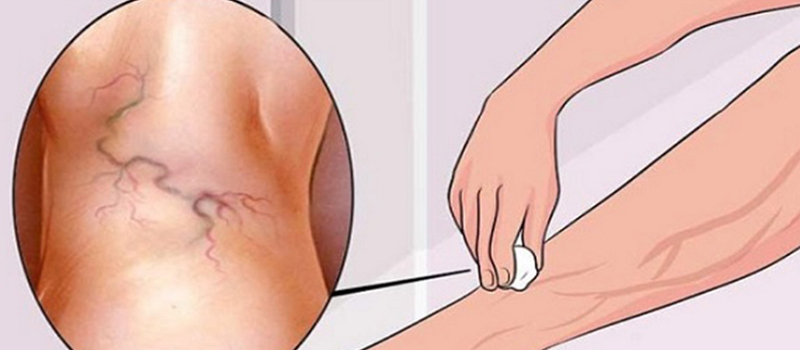Millions of people live with varicose veins and thread veins at some point during their lifetime. These vein issues are no more than a cosmetic issue for some adults, while others experience consistent pain and discomfort with vein disorders. Over time, if left untreated, varicose and thread veins can become a greater health concern for patients, impacting their quality of life by limiting how much they can participate in doing the things they love. Exercise is one of the activities that may be negatively impacted by varicose veins.
If you have a vein disorder like thread veins or varicose veins and you are wondering how exercise either played a role in their development or how it may influence healing, you’re not alone. Many people want to understand what causes vein disorders, and if exercise is an option before or after treatment. Below are the answers to these pressing questions, as well as some guidance on managing varicose and thread veins over time.
What Causes Vein Disorders?
Vein issues are most often caused by blood clots or varicose veins. When veins in the body are healthy, blood flows continuously from the limbs back toward the heart without issue or stoppage. When the veins grow weak over time or break down completely, blood has a hard time traveling where it needs to go, creating venous insufficiency. If blood cannot move back to the heart the way it was intended, it pools in the legs causing varicose and thread veins.
Varicose veins create blueish-purple, visible bumps or clusters in the legs where the blood flow is not moving properly. It can be a cosmetic issue at first but ultimately, it may lead to pain, itching, swelling, and other discomfort that make it hard to live a normal life. Some adults may be at higher risk of developing varicose veins if they are obese, are currently pregnant, experience trauma to the legs, or have a family history of venous insufficiency.
Is Exercise an Option?
When varicose or thread veins appear, many people wonder if exercise is still an option for them. Experts share that exercise is actually the first line of defense in keeping veins functioning properly, and a healthy, active lifestyle is not known to lead to varicose veins directly. However, once vein issues appear, exercise regimens should be adjusted so that no further damage or discomfort takes place.
Lighter exercises that put less pressure on the legs and joints are recommended for most. This may include walking instead of running, or moving a jog to a softer surface that isn’t so jarring on the legs. For those who lift weights, starting with lighter weights is helpful as to not put extra pressure on the broken veins. Swimming, biking, and elliptical training can all be helpful in continuing to stay active without harming the veins further.
One special consideration is the post-treatment exercise routines. Many people receive treatment for thread veins removal that includes a minimally-invasive injection to help eliminate broken veins over time. Eddie Chaloner, vein specialist at a leading vein clinic in the UK, explains, “Exercise intensity varies between patients after treatment, but it is advised to avoid heavy exercise for a week or two while the healing process takes place.” While individuals are unlikely to cause further harm when exercising after thread vein removal, there may be pain until the legs have healed fully.
Other Ways to Manage Varicose or Thread Veins
A healthy, active lifestyle helps minimise the discomfort varicose and thread veins can create, but there are other ways to help ease the pain, itching, or swelling from vein disorders for those who may not feel exercise is an option. Compression stockings are often recommended for those with varicose or thread veins. Wearing these special stockings helps improve circulation in the legs, removing some of the pressure placed on the broken veins. While this does not treat veins, it does help with easing pain. Also, adding elevation of the legs to a daily routine, especially after sitting or standing for extended periods, can help reduce discomfort.
Varicose veins are a common issue among adults, but there is no need to stop the activities you love altogether. Speak with your vein specialist or doctor about the workout regimen that makes the most sense for your situation, and if adjustments are necessary after a varicose vein or thread vein treatment.

